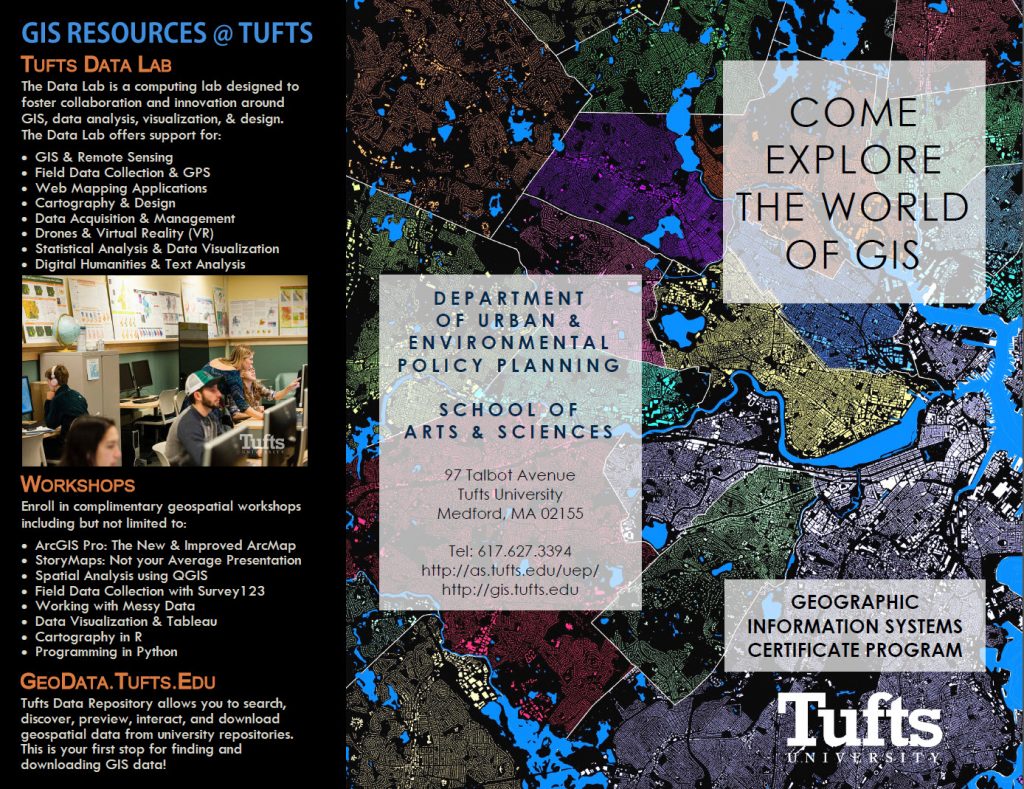

Applications submitted for intakes scheduled to start on or after September 1, 2024, (or received starting Octofor programs with rolling start dates) will be evaluated using the new English Language Proficiency (ELP) categories. This will allow students who have met their English Language Proficiency requirements using a method other than BC Secondary School English to easily see the equivalent option for their desired program. NOTICE TO APPLICANTS: Effective Fall 2024, BCIT will implement English Language Proficiency (ELP) categories for programs requiring a minimum of English 12 with 50%, 67%, or 73% into Categories 1,2,3, and Graduate Studies.

Please visit our Courses page for more information on this program’s courses. In the capstone course, you will undertake a project using your background (e.g. In the application level courses, you will get further experience using ArcGIS software, developing spatial databases, working with big data, and analyzing satellite and other aerial imagery. In the foundation courses, you will learn the theory, concepts, and related disciplines of GIS together with introductory hands-on experience using ArcGIS software. This program consists of seven courses: two foundation courses, four application level courses, and a capstone course.

Educators, local government officials, etc., with an undergraduate degree in any area who wish to acquire basic technical expertise in GIS.Traditional students and international students who wish to acquire specialized training to meet current or future job requirements in GIS.forestry, emergency planning, engineering, or marketing), both public and private sector, who can make use of GIS skills in their current jobs or to advance their careers. The target student audience for the proposed Advanced Certificate in GIS is: If you have used Google Maps to find the route from your home to a restaurant, for example, you have used a very simple form of GIS.Ī GIS is a combination of mapping software, digital maps, and databases and the processes of combining maps with databases to produce models, maps, and tables for decision-making. Geographic Information Systems (GIS) have become pervasive across all industries and institutions.

Centre for Applied Research & Innovation.


 0 kommentar(er)
0 kommentar(er)
